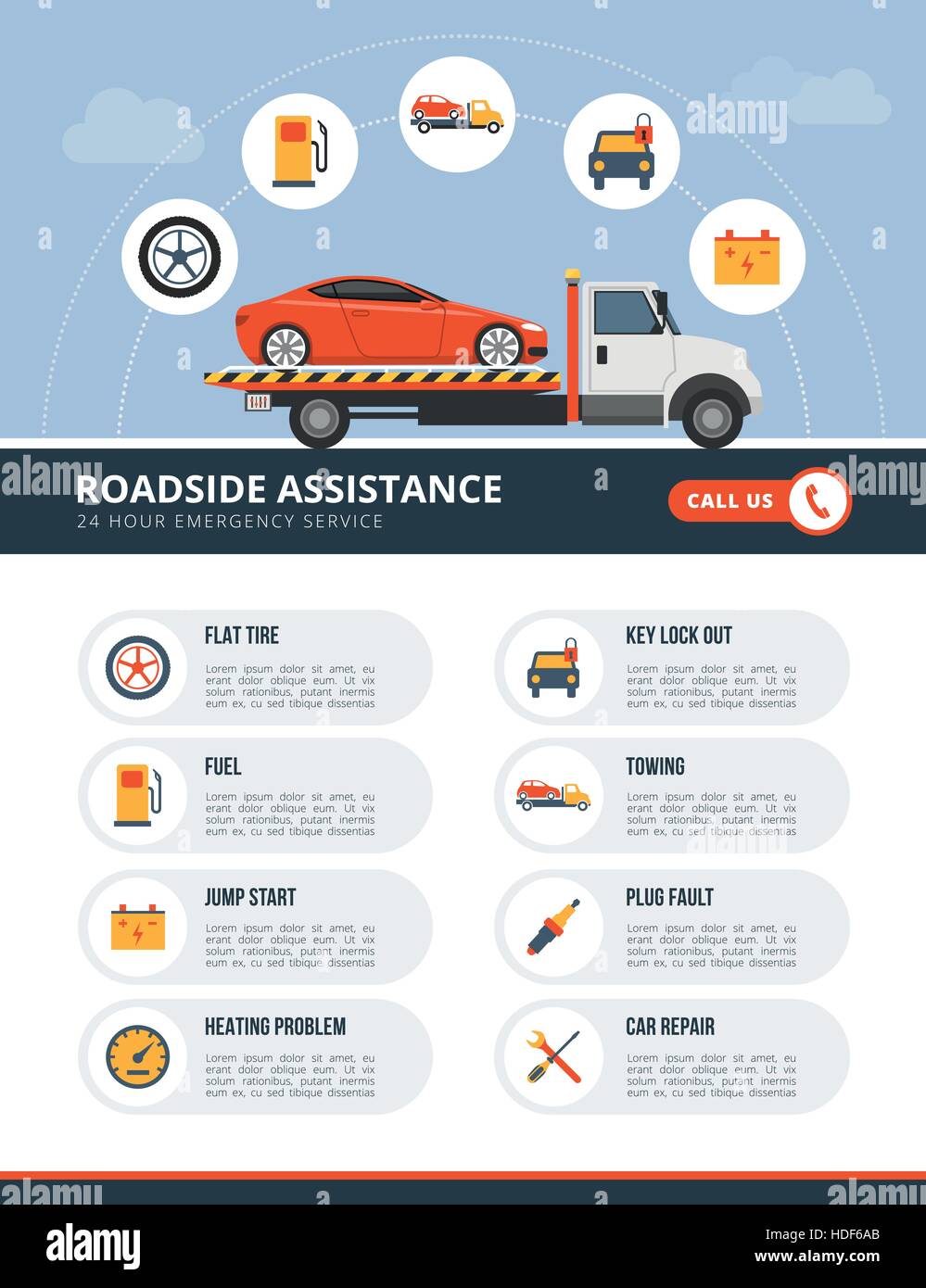Analyzing Your Vehicle'S Alert Lights: Their Real Effects
Analyzing Your Vehicle'S Alert Lights: Their Real Effects
Blog Article
Created By-Hartley Alvarado
When you're behind the wheel, those radiant caution lights on your control panel can be a bit difficult. Do you know what they're trying to inform you regarding your cars and truck's health and wellness? Comprehending the significance of these lights is vital for your safety and the longevity of your car. So, the following time one of those lights turns up, would not you want to decipher its message accurately and take the essential actions to address it?
Common Caution Lighting and Interpretations
Recognize usual warning lights in your automobile and recognize their meanings to make certain secure driving.
One of the most typical warning lights consist of the check engine light, which signifies problems with the engine or discharges system. If safeplacestosteamcleanincar comes on, it's crucial to have your automobile inspected without delay.
The oil pressure cautioning light suggests reduced oil pressure, calling for prompt focus to prevent engine damage.
A flashing battery light could recommend a faulty charging system, possibly leaving you stranded otherwise dealt with.
The tire stress tracking system (TPMS) light alerts you to reduced tire stress, impacting car security and fuel performance. Disregarding this can bring about unsafe driving problems.
The abdominal light indicates a trouble with the anti-lock braking system, compromising your ability to quit rapidly in emergency situations.
Finally, the coolant temperature alerting light warns of engine getting too hot, which can lead to severe damages otherwise solved promptly.
Understanding these typical warning lights will certainly assist you address concerns quickly and maintain risk-free driving problems.
Significance of Prompt Interest
Comprehending the usual warning lights in your cars and truck is just the primary step; the value of without delay attending to these cautions can not be highlighted enough to ensure your safety on the road.
When car restoration illuminates on your control panel, it's your cars and truck's means of connecting a possible issue that requires focus. Overlooking these cautions can result in a lot more extreme issues later on, jeopardizing your safety and potentially costing you much more in repairs.
Motivate focus to advising lights can protect against breakdowns and accidents. As an example, a blinking check engine light could indicate a misfire that, if left unattended, might trigger damage to the catalytic converter. Addressing this promptly can conserve you from a costly repair.
In a similar way, a brake system alerting light might signify low brake liquid or worn brake pads, vital parts for your security when driving.
Do It Yourself Troubleshooting Tips
If you see a warning light on your dashboard, there are a couple of do it yourself troubleshooting suggestions you can attempt prior to looking for expert aid.
The initial step is to consult your car's handbook to recognize what the particular warning light indicates. In some cases the concern can be as easy as a loosened gas cap triggering the check engine light. Tightening the gas cap might resolve the issue.
An additional typical issue is a low battery, which can set off numerous cautioning lights. Inspecting https://www.nytimes.com/2022/05/25/technology/personaltech/apple-repair-program-iphone.html for rust and ensuring they're protected could take care of the issue.
If a warning light continues, you can attempt resetting it by separating the vehicle's battery for a few mins and then reconnecting it. In addition, examining your automobile's fluid degrees, such as oil, coolant, and brake fluid, can help fix alerting lights connected to these systems.
Conclusion
In conclusion, understanding your auto's caution lights is important for maintaining your lorry running efficiently and securely. By without delay dealing with these alerts and understanding what they suggest, you can stay clear of costly fixings and possible malfunctions.
Remember to consult your auto's guidebook for particular information on each alerting light and act as necessary to ensure a hassle-free driving experience.
Keep notified, remain secure when traveling!
